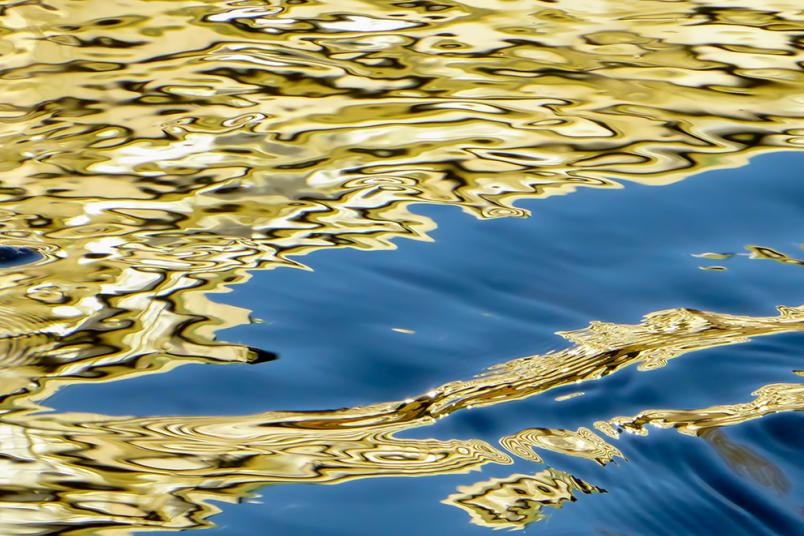
Chemistry
The role of hydrophobic molecules in catalytic reactions
Optimising electrochemical processes is one of the challenges in developing technologies for renewable energies. New research findings could provide assistance here.
Electrochemical processes could be used to convert CO2 into useful starting materials for industry. To optimise the processes, chemists are attempting to calculate in detail the energy costs caused by the various reaction partners and steps. Researchers from RUB and Sorbonne Université in Paris have discovered how small hydrophobic molecules, such as CO2, contribute to the energy costs of such reactions by analysing how the molecules interact in water at the interface. The team describes the results in the journal Proceedings of the National Academy of Sciences, PNAS for short, published online on 13 April 2021.
To conduct the work, Dr. Alessandra Serva and Professor Mathieu Salanne from Laboratoire PHENIX at Université Sorbonne collaborated with Professor Martina Havenith, speaker of the Cluster of Excellence RESOLV, and Dr. Simone Pezzotti from the Bochum Chair of Physical Chemistry II.